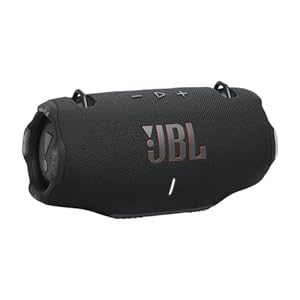
When you glance at your smartwatch, have you ever wondered about its seamless connection with your smart home gadgets? The intricate web of wireless protocols and the central role of smart home hubs make this connectivity possible. But have you considered the security implications of sharing data across these devices? Understanding these aspects can shed light on the intricate dance of technology that harmonizes your smartwatch with your home environment. So, how exactly do these pieces come together to create a synchronized smart ecosystem?
Smartwatch Compatibility With Smart Home Devices
To seamlessly control your smart home devices, your smartwatch must be compatible with the devices you own. Compatibility is key in ensuring that your smartwatch can communicate effectively with your smart home ecosystem. Different smartwatches have varying levels of compatibility with various devices, so it’s essential to check if your smartwatch supports the devices you have installed at home.
Before purchasing a smartwatch, make sure to research its compatibility with the specific smart home devices you use. Most smartwatches offer compatibility information on their websites or product descriptions. Some smartwatches are designed to work seamlessly with popular smart home brands, while others may require additional setup or third-party apps to connect with certain devices.
Wireless Connectivity Protocols Used
When connecting your smartwatch to smart home devices, understanding the wireless connectivity protocols used is essential for seamless communication. Smartwatches typically use protocols like Bluetooth, Wi-Fi, and Zigbee to connect with various smart home gadgets.
Bluetooth is commonly used for short-range connections, allowing your smartwatch to communicate with devices within a 30-foot range. Wi-Fi, on the other hand, offers a broader range, enabling your smartwatch to connect to devices throughout your home as long as they’re on the same network. Zigbee is another protocol that smart home devices use to create a mesh network for communication, enhancing connectivity and reliability.
These protocols work together to ensure that your smartwatch can control and communicate with different smart home devices effectively. Understanding how these wireless connectivity protocols function can help you troubleshoot connectivity issues and optimize the performance of your smart home ecosystem.
Role of Smart Home Hubs in Integration
Understanding the role of smart home hubs in integration is key to maximizing the connectivity and functionality of your smartwatch with various smart home devices. Smart home hubs act as central control units that facilitate communication between different smart devices within your home network. By connecting your smartwatch to a smart home hub, you can streamline the process of controlling multiple devices simultaneously.
Smart home hubs often support multiple wireless communication protocols, allowing your smartwatch to communicate with devices that use different standards. This integration enables you to create customized automation routines, where actions triggered by your smartwatch can set off a chain of responses across your interconnected devices.
Moreover, smart home hubs can enhance the interoperability of your smartwatch with a broader range of devices, including those from different manufacturers. This capability reduces compatibility issues and provides a more seamless user experience. When selecting a smart home hub for integration with your smartwatch, consider factors such as supported protocols, device compatibility, and ease of setup to ensure a smooth and reliable connection between your devices.
Security Measures for Data Transmission
Implementing robust encryption protocols is crucial for ensuring secure data transmission between your smartwatch and smart home devices. When your smartwatch communicates with other smart devices in your home, sensitive information such as personal data or security details may be exchanged. To safeguard this data from potential threats, encryption plays a vital role in protecting the confidentiality and integrity of the transmitted information.
By encrypting the data transmitted between your smartwatch and smart home devices, you create a secure channel that prevents unauthorized access and eavesdropping. Encryption algorithms transform the data into unreadable formats that can only be deciphered by authorized devices with the correct decryption keys. This ensures that even if the data is intercepted, it remains unintelligible to malicious actors.
Additionally, regularly updating encryption protocols and ensuring that your smartwatch and smart home devices are running the latest security patches help mitigate vulnerabilities that could be exploited by cyber threats. By prioritizing security measures for data transmission, you can enhance the overall protection of your smart home ecosystem and enjoy a safer and more secure connected experience.
Trending Products














